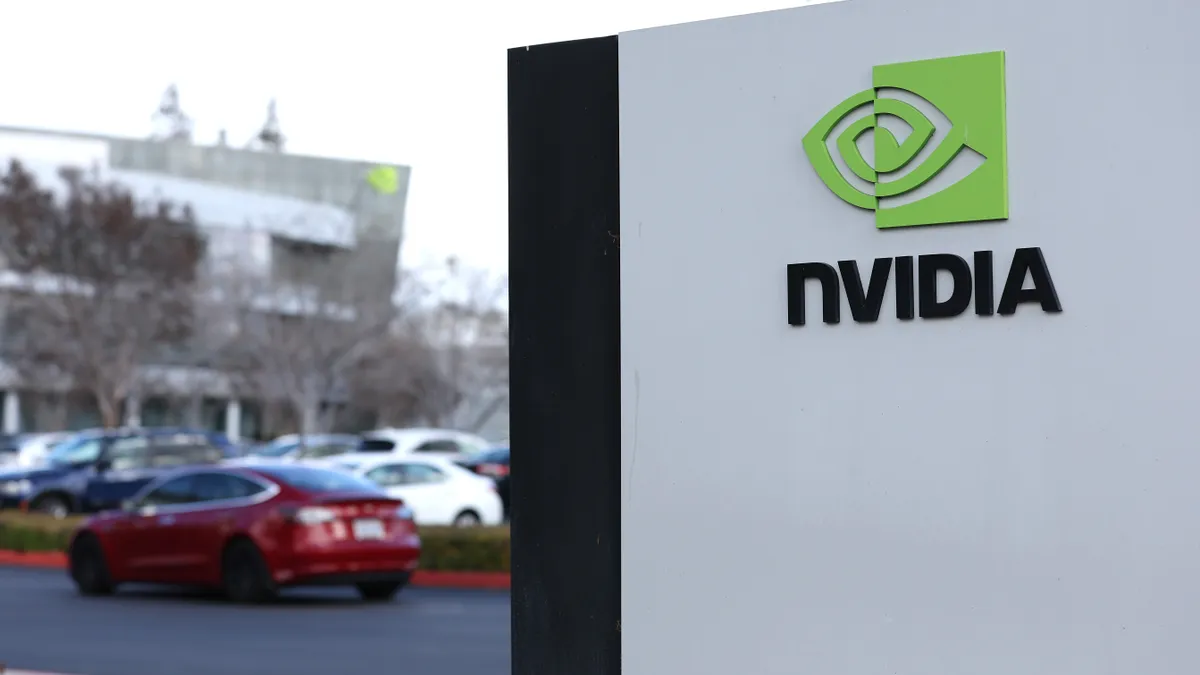Predicting the future remains impossible, but CIOs taking the time to understand current innovation will help businesses reap the benefits.
Technological innovation can launch businesses into the next wave of transformation, but only if companies take time to future-proof for what's coming next, said Daryl Plummer, distinguished research VP and Gartner Fellow, at a Gartner IT Symposium/Xpo Americas session last week.
Digital disruptions mark new eras in technology that change the world's way of thinking.
"[Disruption is] not just change," Plummer said. "It is a fundamental shift in how something happens, a fundamental shift in the way a system of behavior or technology or any system actually exists in the world."
Businesses still struggle with deciding which path to follow — taking a risk on innovation or sticking with what the company already does well.
Kodak, for example, stuck with film and lost out on early digital imaging production, but Microsoft embraced cloud as the primary option when it boomed around 2010, according to Plummer.
"Protecting against disruption is all about future-proofing, about setting yourself up with processes in a discipline to make sure that you can anticipate the future and compose yourself," said Plummer.
For business unsure where to start, Plummer recommends asking four questions to begin planning how to adapt:
-
What is your real market?
-
Can you shift investments?
-
Is the potential market bigger than current markets?
-
Who are your real customers/constituents?
"Half the battle is getting ready," Plummer said. "If you're not ready to do any of this, you can't act on it."
Gartner analysts are predicting what business will have to adapt to through 2025, including seven incoming digital disruptions leaders should start future-proofing for today:
Emerging computing technologies
Nontraditional computing methods, including quantum and neuromorphic computing, rose to public consciousness in recent years as companies begin testing the innovative tech. Computer operating capacity doubles every two years, and new models disrupt existing markets, according to Plummer.
Expanding computing scale changes the cost of adoption for the emerging technology, disrupting business access to the nontraditional methods. In response, CIOs should create new tech roadmaps, implement trials, and monitor for long-term game changers, Plummer said.
DNA data storage
Businesses already surmount massive amounts of data to manage for company use. By 2025, that data may be stored on artificial DNA, Plummer said.
By encoding data in binary form onto the double helix structure, businesses can store massive amounts of information for longer amounts of time to recall when needed. Today, innovators are still streamlining the recall and storage processes, but the pace is picking up.
"Overall, everything will become a storage device, any container can hold that storage, and the response we have to have is we have to look for solutions for long-term storage right now because random access to that data is a tough value proposition," Plummer said.
Dispersed cloud environments
The distributed cloud structure disrupts how CIOs manage public and private clouds in upcoming years. In a distributed cloud environment, users process data at its storage site and reduce latency.
To future-proof, CIOs should demand packaged hybrid services from cloud providers, Plummer said. This will make it easier for businesses to take advantage of the benefits of a dispersed cloud ecosystem early on.
Space-based computing power
Satellites provide a full view of large-scale data difficult to obtain from Earth. Climate, natural disasters, remote sensing, mapping and tracking are all possible from space for businesses today, according to Plummer.
"We're getting the ability to run space-based compute, which gives us faster processing, more consistent models and we can look out and gather data about the world," Plummer said.
Augmented humans
Technology can even alter what it means to be human.
Technologies are developing innovations such as computer-based thought control, brain interfaces, and mind-linking technology that could change how humans work.
Augmented humans appeared in past Gartner predictions, according to Plummer. Today, the tech keeps evolving and providers should prepare for expanding human capabilities with new innovations.
Expanded biohacking
New ways to diagnose and treat medical patients revolutionaze care, but uncertainty about who owns bodily data looms in the near future. As hospitals and doctors's offices put more sensors and analytics in place to guide treatment, the amount of health data available explodes.
CIOs should see this as a new security frontier, Plummer said. Data ownership policies will shift, and more restrictions could be put in place.
Behavior tracking and management tech
The workplace of the future may also use sensors and biometric tracking to personalize digital experiences and influence company decision making. From the customer experience to internal employee development, business could tailor offerings to individual reactions.
The innovation tasks CIOs with identifying future opportunities for implementation and getting ahead of privacy concerns, Plummer said.






















